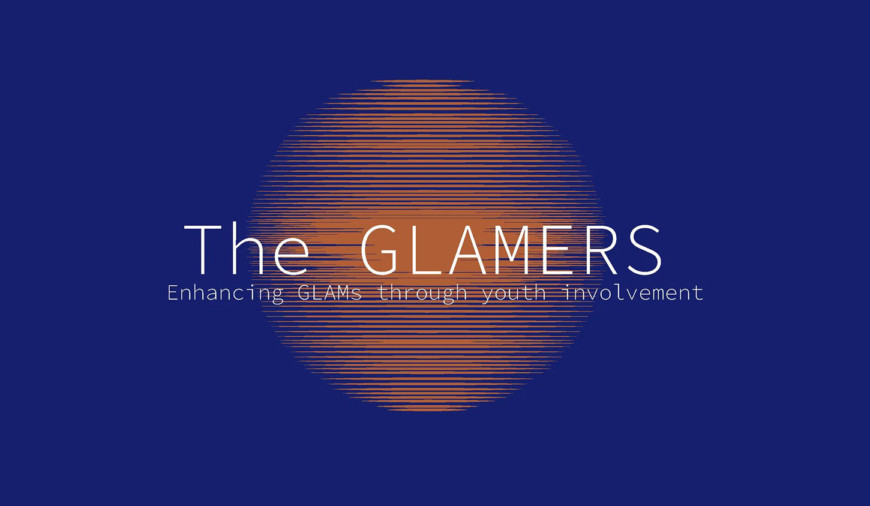In the COVID-19 crisis it is obvious that the cultural and creative sector is one of those severely hit in Europe (cf. European Commission’s Coronavirus Response Investment Initiative, October 8, 2020). What the current crisis brought sharply to the forefront is the very limited resilience of the cultural and creative sector to the unprecedented change in human and cultural habits that are mostly connected to face-to-face encounters, visits and performances.
The European Union has set a roadmap for action on the pan-European level but there is still lots to be done on the local, national and cross-national levels to support the rebirth of the sector. Galleries, Libraries, Archives and Museums (GLAMs) were for the majority unprepared regarding the effects of the pandemic, including a sudden loss of income (which definitely impacted the employment rates in the cultural and creative sectors), as well as a severe disruption of their relationship with their audiences. Since the beginning of the pandemic, these effects have managed to further damage this sector which was already struggling with poor community outreach over the past decade.
Yet, civic participation against COVID-19 flourished in the form of bottom-up, community-driven initiatives for a social purpose in Europe, such as hackathons, youth activism for disadvantaged populations, 3D artifacts for citizens in need and crowdfunding initiatives. Many young people followed remotely digital activities organised by GLAMs in an attempt to support them and demonstrate solidarity with the cultural and creative sectors. These practices illustrate the fact that citizens, and more specifically youth communities, are prepared to take a more active role in the support of the cultural/creative sector, should this sector offer more activities that engage the public in creative, enticing initiatives that contribute to better societies through civic empowerment.

